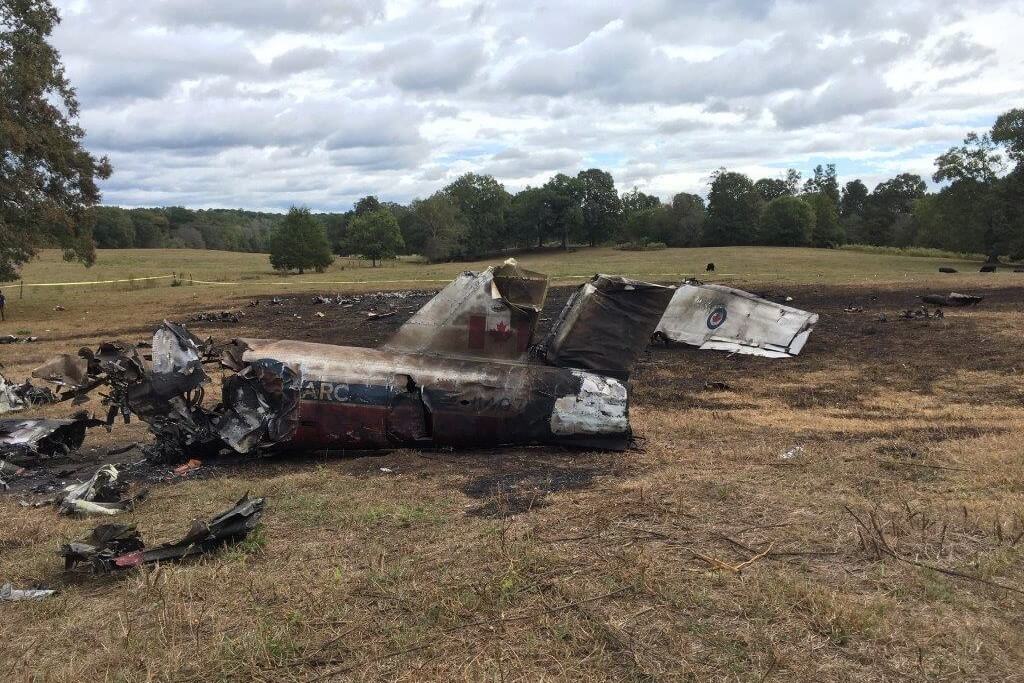Investigators of the Canadian Department of National Defense determined that the crash of the CT-114 Tutor belonging to the Snowbird aerobatic team was caused by an engine malfunction. Moreover, the pilot’s ejection was obstructed by the parachute lines, resulting in minor injuries.
The Royal Canadian Air Force released the official crash report on june 29, 2020, regarding the crash that occurred in Georgia, United States, on October 13, 2019.
After carrying out an inverted flight for a routine check, the pilot rolled level and applied full thrust to rejoin the rest of the Snowbird formation. But the aircraft suffered a loss of engine thrust. Due to the altitude being too low to attempt a safe recovery, the pilot chose to eject. However, an anomaly in the ejection sequence resulted in minor injuries. The aircraft crashed in a field and was destroyed, causing no other damage.
The investigators found that the most probable cause of the crash was a fuel delivery system failure in the jet’s engine. Though they could not determine exactly what caused the malfunction, signs of previous damage from a possible fuel leak were found.
Additionally, it was determined that “one or more parachute pack retaining cones [had] been released prior to the activation” of the ejection seat, resulting in its entanglement with the suspension lines. Following the finding, the life support system of the whole fleet was reviewed.
The investigators recommend an inspection of the Snowbird CT114 Tutor engines to identify potential fuel leaks or damages that could explain the incident.
On May 17, 2020, another CT-144 Tutor aircraft of the Canadian Snowbirds crashed during an exhibition flight. Both occupants managed to eject, but one crew member was killed. The report stated that the crash was likely caused by a bird strike. However, the performance of the ejection system is still under review.
Erratum: Martin Bakin reached out to deny that the ejection seat involved in the incident was one of their products.

